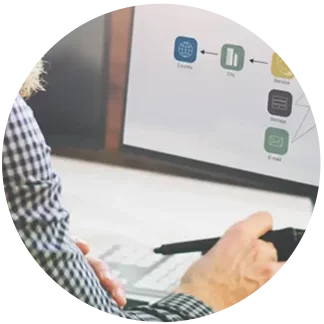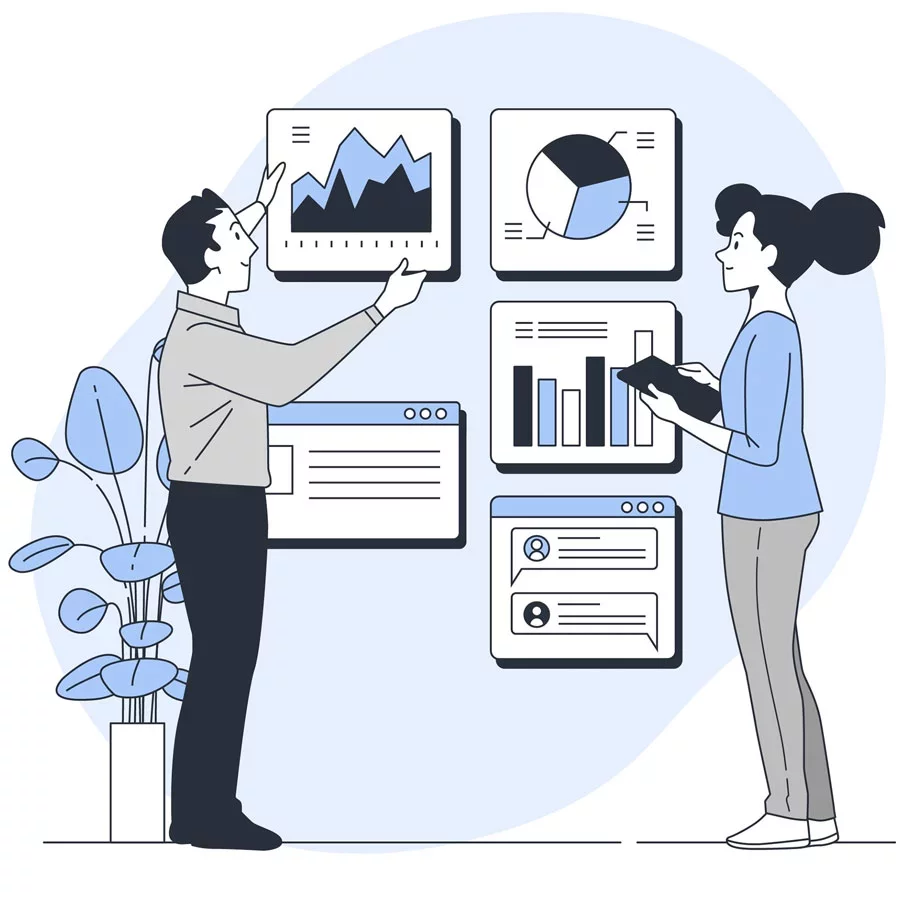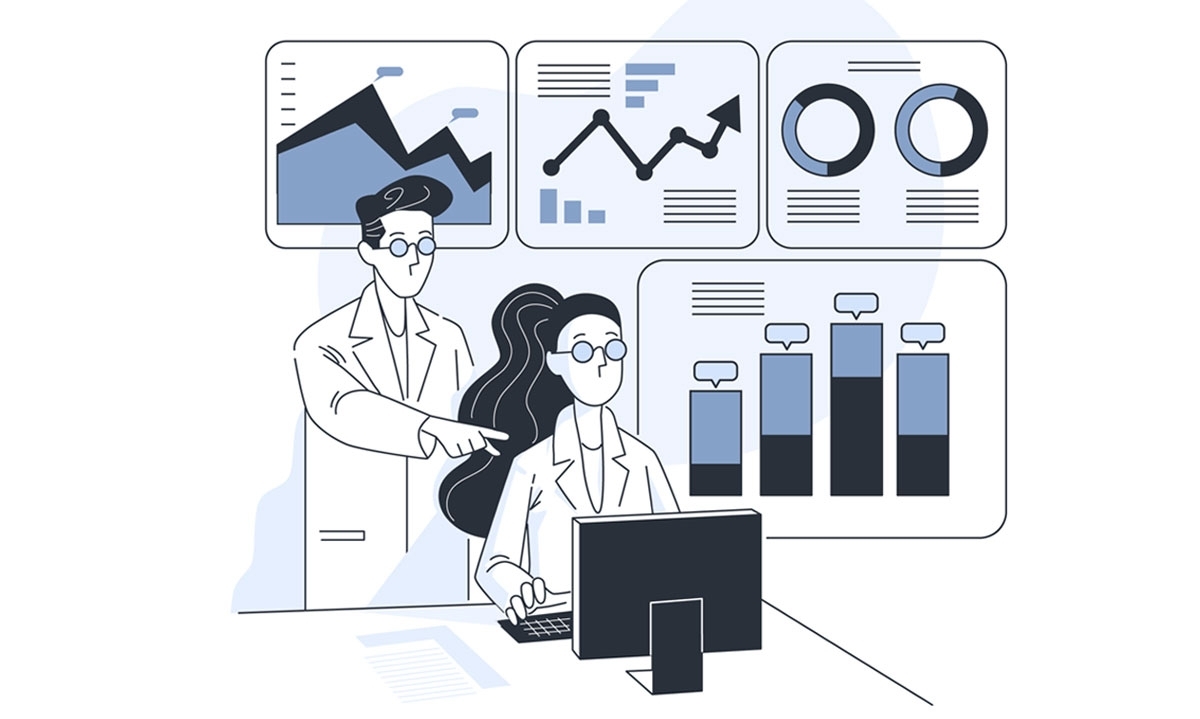Infographic
An infographic is a combination of information and visuals presented in a clear, engaging, and practical way to help users easily understand complex data.
It typically incorporates charts, tables, maps, icons, and other graphic elements to communicate ideas effectively. An infographic is widely used in contexts such as statistical reports, scientific papers, advertisements, educational materials, news websites, and social media. Its simplicity and visual appeal make it a powerful tool for enhancing both education and marketing communication.
Quick Access
Benefits of Using an Infographic
Using an infographic offers several key benefits:
-
Simplified Communication: An infographic makes information easier to understand, reducing confusion and improving clarity.
-
Visual Appeal: With its strong graphic elements, an infographic captures user attention and presents content in a compelling way.
-
Effective Marketing Tool: In advertising, an infographic can boost product visibility and increase engagement due to its eye-catching format.
-
Easy to Share: Thanks to its visual format, an infographic is easy to publish on websites, blogs, and social media platforms with minimal explanation.
-
Data Presentation: An infographic is especially effective for illustrating statistics and data in research reports or articles.
-
SEO Advantages: Well-designed infographics can improve website SEO through increased engagement, backlinks, and shareability.


Common Use Cases for an Infographic
An infographic can be used in various contexts, including:
-
Statistical Reports: To present market research, financial data, or survey results in an accessible way.
-
Educational Content: To explain complex topics in textbooks, online courses, or classroom posters.
-
Advertising Campaigns: To highlight product features and benefits in a visually appealing format.
-
Social Media Posts: To create shareable content that attracts and retains audience attention.
-
Healthcare Communication: To explain medical conditions, treatments, or health tips in a simple, visual format.
-
Newsletters: To break down information clearly and make content more engaging for readers.

Infographic Design Process
1
Define the Objective
Identify the infographic's goal, whether it’s to present data, explain a concept, or promote a product.
2
Collect Information
Gather relevant content from reliable sources such as reports, articles, or databases.
3
Select and Structure Key Points
Choose essential information and organize it into a clear, logical layout
4
Design the Visuals
Pick suitable colors, fonts, and design elements to create a cohesive and attractive infographic.
5
Refine the Text
Simplify and polish the text to ensure it’s clear and accessible to a broad audience.
6
Publish and Share
Distribute the final infographic on digital platforms like websites, blogs, and social media
Answers to your possible questions
What Types of Images Should Be Used in an Infographic?
It’s best to use simple and easy to understand images and graphics that clearly convey the intended message. The goal is to make the information accessible and straightforward for users.
Is It Necessary to Use Charts and Graphics in an Infographic?
An infographic can include images, videos, charts, diagrams, and other visual elements. The most important factor is that the content remains clear, concise, and easy for users to understand regardless of the media used
Is the Main Goal of an Infographic to Capture User Attention?
Yes, the primary goal of an infographic is to grab the user’s attention and present information in a simple and digestible format. This makes the content more engaging and increases the chances of it being understood and remembered.


Add a comment
Your email address will not be published. Required fields are marked.